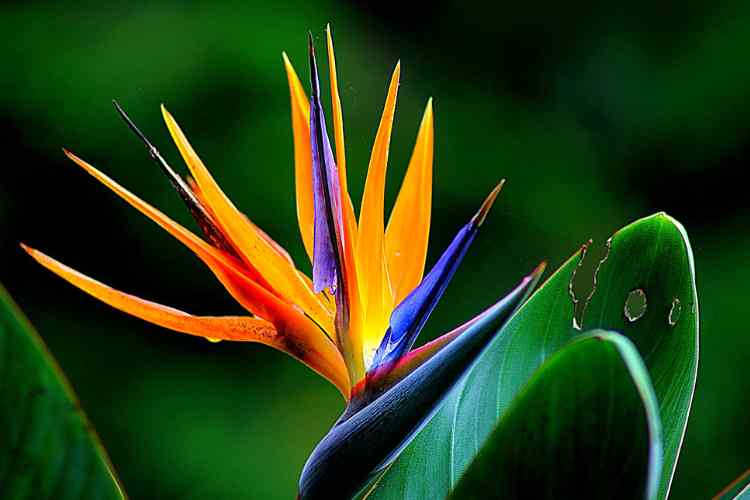How To Use Self Watering Pots
Are you tired of constantly worrying about watering your plants? Look no further!
In this article, we will show you how to effectively use self watering pots. These innovative containers take the guesswork out of plant care and ensure your green friends receive the right amount of water at all times.

We’ll guide you through selecting the perfect pot, understanding its components, and properly maintaining it for optimal plant health.
Say goodbye to dry or overwatered plants – let’s get started!
Contents
Selecting the Right Self Watering Pot for Your Plants
When selecting the right self watering pot for your plants, it’s important to consider their specific water requirements. One key aspect to consider is choosing the right pot size. A pot that is too small may not hold enough water for your plant, while a pot that is too large can lead to overwatering. Finding the perfect balance is crucial for maintaining healthy plants.
Using self watering pots has many benefits. Firstly, they provide a consistent water supply to your plants, ensuring they are never under or overwatered. This eliminates the guesswork and helps prevent plant stress and damage. Secondly, self watering pots promote better root growth by allowing the roots to absorb water as needed from the reservoir at the bottom of the pot. Lastly, these pots save you time and effort as they reduce the frequency of manual watering.
Understanding the Components of a Self Watering Pot
To understand the components of a self-watering pot, you’ll need to take a closer look at how it works. These pots are designed to provide plants with water as needed, eliminating the guesswork and hassle of manual watering.
Here are some key elements of a self-watering pot:
- Reservoir: This is where the water is stored, usually located at the bottom of the pot.
- Wick or capillary mat: It helps transport water from the reservoir to the plant’s roots.
- Soil compartment: This is where your plants grow, and it connects to the reservoir through the wick or capillary mat.
- Overflow hole: To prevent overwatering, excess water drains out through this hole.
Understanding these components will help you appreciate the benefits of self-watering pots. They ensure consistent moisture levels for your plants, reduce water waste, and make plant care easier.
Exploring different types of self-watering systems can further enhance these benefits.
Preparing Your Self Watering Pot for Use
Before you start using your self-watering pot, make sure to prepare it properly.
Begin by filling the reservoir with water. This is an essential step as it will provide a constant supply of moisture to your plants.
Next, adjust the watering settings according to your plant’s needs. Most self-watering pots have adjustable mechanisms that control the flow of water into the soil. You can set it to release more or less water depending on how thirsty your plants are.
It’s important to find the right balance so that your plants receive enough hydration without being overwatered.
How do self watering pots work?
What is the best way to use self watering pots?
Do you plant directly into self watering pots?
How often do you fill self watering pots?
Properly Watering and Monitoring Your Plants in a Self Watering Pot
Make sure you regularly check the moisture level in your plants and adjust the watering settings accordingly. This is crucial for monitoring plant growth and ensuring that your plants receive the proper amount of water.
Here are some key tips to help you with this task:
- Use a moisture meter: Invest in a reliable moisture meter to accurately measure the moisture content in your soil.
- Observe leaf color and texture: Pay attention to any changes in your plant’s leaves, as yellow or wilted leaves may indicate overwatering or underwatering.
- Adjust watering frequency: Based on your observations, adjust the frequency of watering. If the soil feels dry, increase watering; if it feels too wet, decrease it.
- Consider environmental factors: Factors such as temperature and humidity can affect how quickly your plants’ soil dries out. Take these into account when adjusting watering levels.
Troubleshooting Common Issues With Self Watering Pots
One common issue with self-watering pots is that the soil can become overly saturated, leading to root rot. To prevent this problem, there are a few maintenance tips you should follow.
First, make sure to check the water level indicator regularly and only add more water when it’s necessary. Overwatering is a common mistake that can cause root rot.
Secondly, ensure that the drainage holes are not blocked by debris or roots as this can also lead to excess water accumulation.
Additionally, it’s important to periodically inspect the potting mix for any signs of mold or fungus growth, which could indicate excessive moisture levels.
Conclusion
So there you have it – using self-watering pots is a convenient and efficient way to keep your plants hydrated. By selecting the right pot, understanding its components, and properly preparing and monitoring your plants, you can ensure they receive the perfect amount of water without any hassle.
And if you encounter any issues along the way, don’t worry! Troubleshooting common problems with self-watering pots is straightforward.
So go ahead and give it a try – your plants will thank you for it!






